
INTERESTING FACTS ABOUT SOMALILAND
Size: 139 KB
Borama (Sunatimes ) Although Somalia has
become a place of tribal enclaves and some parts become a hell on Earth because
of civil wars, Somaliland, Northwestern of Somalia, is a region that the world
and the Somali people do not know much about its politics and power grab.
Before 1960, Somaliland was
British Somaliland Protectorate. After Independence in 1960, Somaliland has
joined the southern part of Somalia which was an Italian Colony. After
unification, Somalia was governed by civil and military governments till 1991
after which no central governments has controlled the whole country. The
northwestern part of Somalia, the present Somaliland, has been peaceful and
stable under self-declared unknown and unrecognised sovereign state.
The focus of interest of this
article is Somaliland. After Bare’s regime was ousted in 1991 by a coalition of
clan-based opposition groups, the Somali National Movement (SNM) has severed
relations from other groups. SNM and
clan elders declared Somaliland as an independent country. Somaliland has been
relatively calm and peaceful compared to other parts of the Southern Somalia.
The self-proclaimed but unrecognised Government of Somaliland is suffering from
lack of fairness in division of power in the Government and in other
governmental institutions and this might change the peace in Somaliland.
The power-sharing in
Somaliland is based on a coalition of main clans. However, the power-sharing
and the ratio used are false and do not come from a reliable statistics based
on voter registration or a count of the population in each region. All Government employees, including
Government ministries, Supreme Court Justices, General Directors of Government
institutions are all hired by the President. The power-sharing in Somaliland is
dominated by one tribe in the region. The power has almost exclusively in the
hands of that tribe. The other tribes in the region barely have power in the
decision making of all Government institutions. The following statistics
gathered from the present power-sharing in the country shows the facts and
truths about the lopsided powering-sharing:
Government of
Somaliland shares of the tribes
|
Tribes |
Ministries/Assistant
Ministeries |
General
Directors |
Other
Institutions & Commissions |
Total |
|
Essa |
1 |
0 |
0 |
1 |
|
Gadabuursi |
3 &
one Assistant |
3 |
2 |
8 |
|
Harti |
3 &
one Assistant |
4 |
0 |
8 |
|
Habar Awal |
5 |
6 |
7 |
18 |
|
Arab |
2 & one assistant |
3 |
2 |
8 |
|
Garhajis |
4 & 2
assistants |
5 |
7 |
18 |
|
Habar Je’alo |
3 |
3 |
4 |
10 |
|
Minorities |
0 |
1 |
2 |
3 |
|
Tolje’alo |
0 |
1 |
2 |
3 |
|
Ayub |
0 |
2 |
0 |
2 |
|
Fiqishini |
0 |
0 |
1 |
1 |
|
Total |
|
|
|
75 |
From the above table,
Issaq Clan has an absolute majority of 62 out 75. That is a percent of almost
83%.
This table below also
shows the shares each clan gets from the Senate ( House of Elders )
|
Tribe |
Number of
Elders in the Senate |
|
Isaaq |
52 |
|
Gadabuursi |
9 |
|
Essa |
4 |
|
Harti |
14 |
|
Madigan |
1 |
|
Gabooye |
1 |
|
Akisho |
Leave a comment
| Copyright © 2009 - 2025 Sunatimes News Agency All Rights Reserved. |
| Home | About Us | Diinta | Reports | Latest News | Featured Items | Articles | Suna Radio | Suna TV | Contact Us |
 2
2 



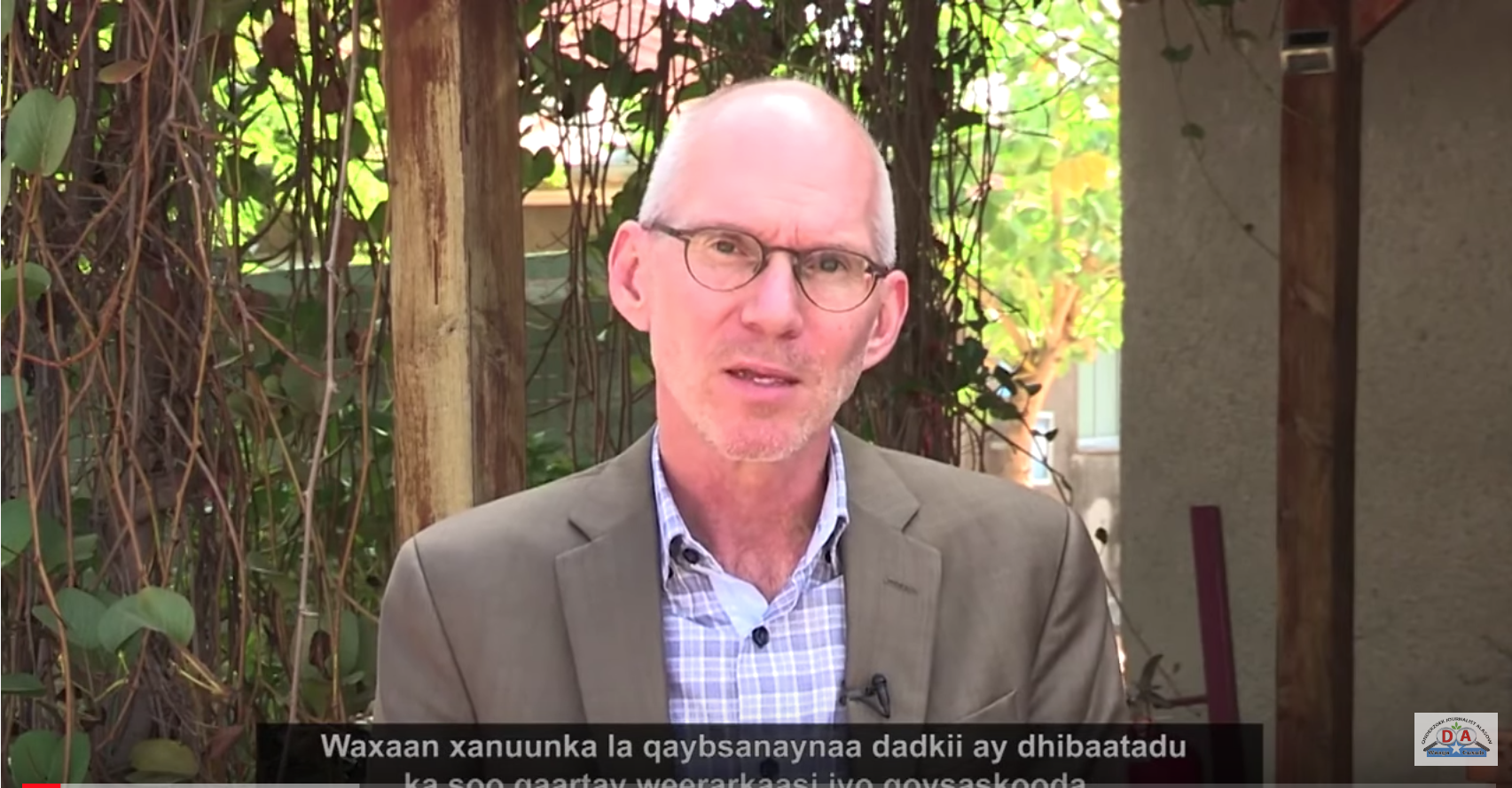
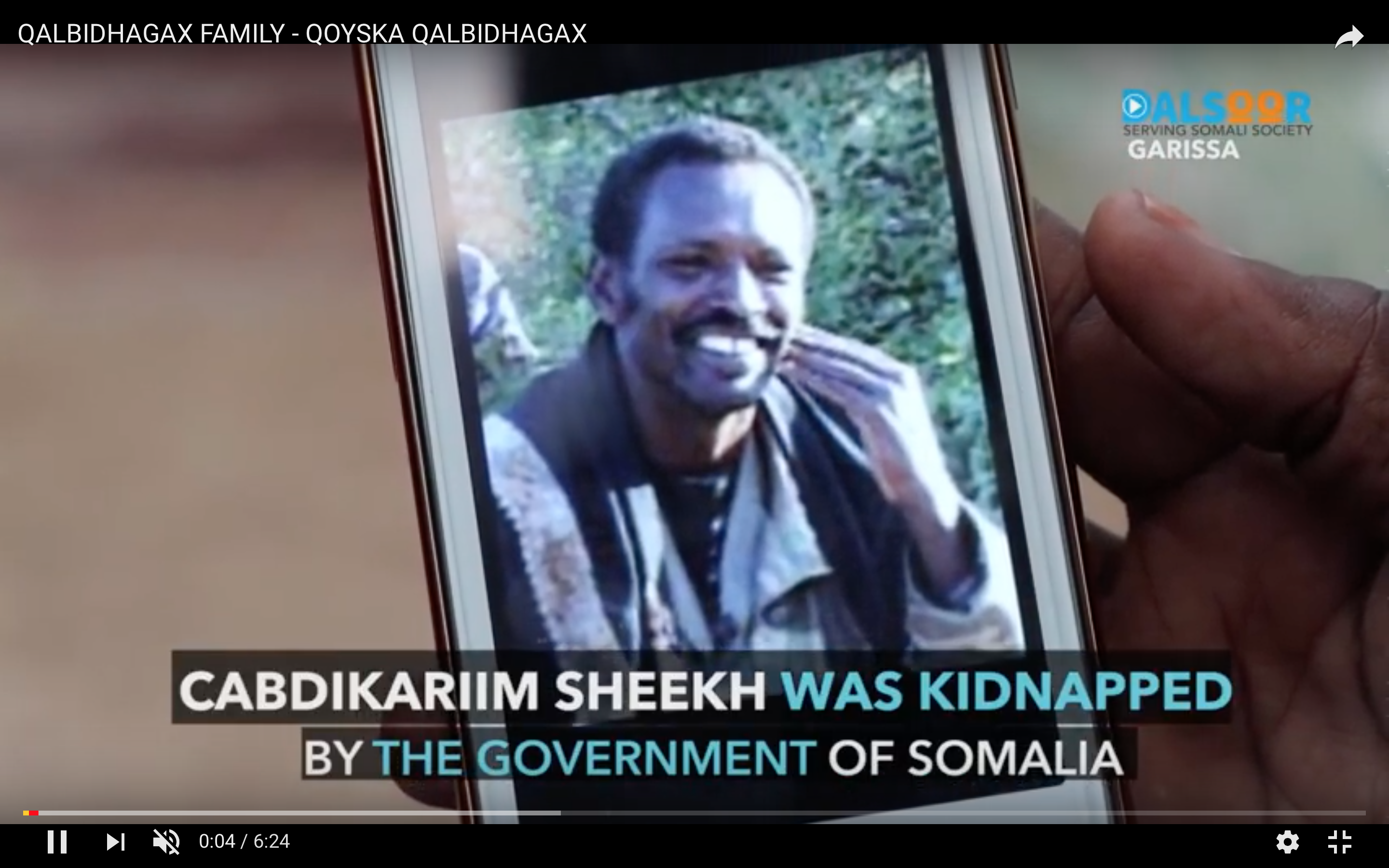
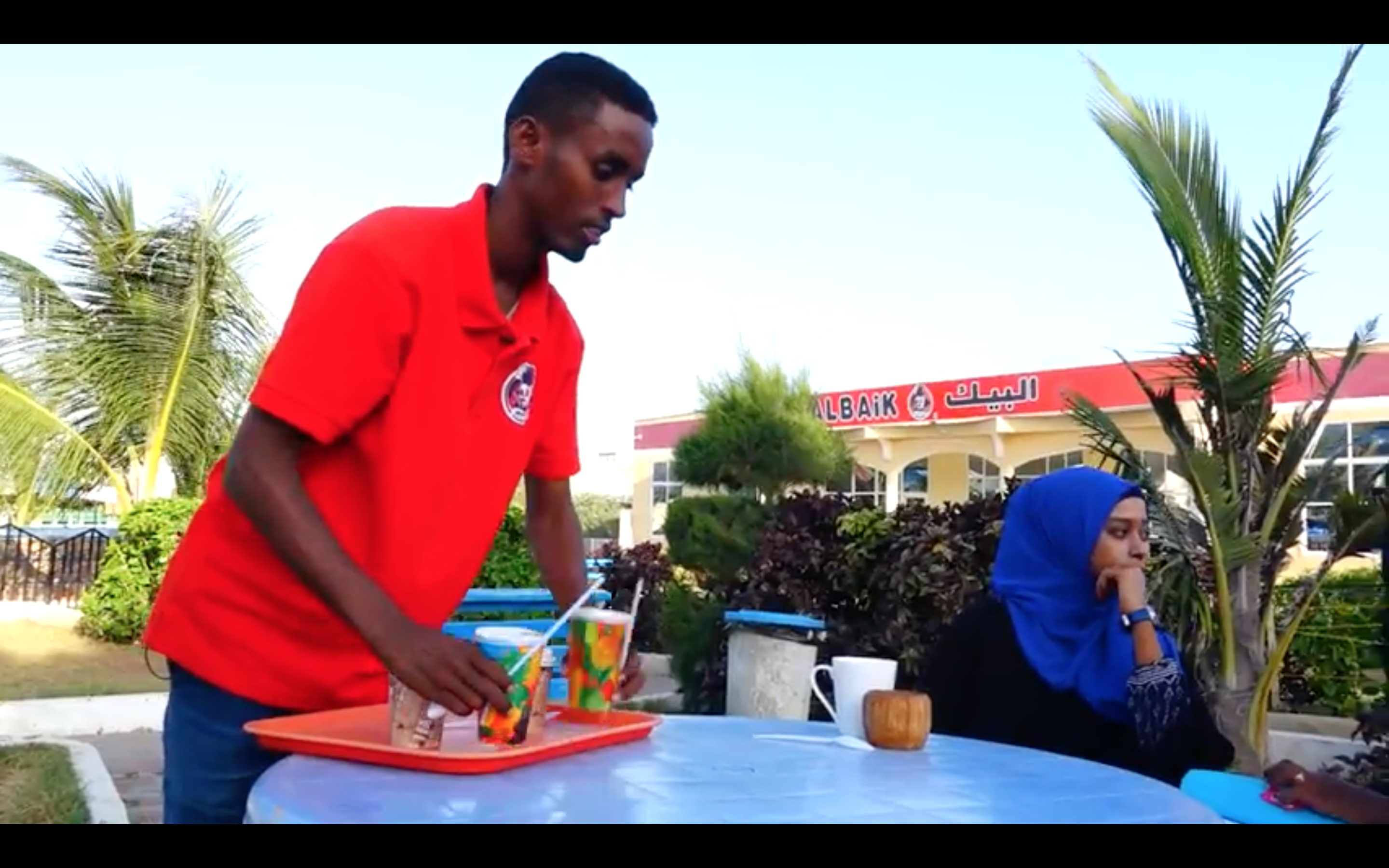
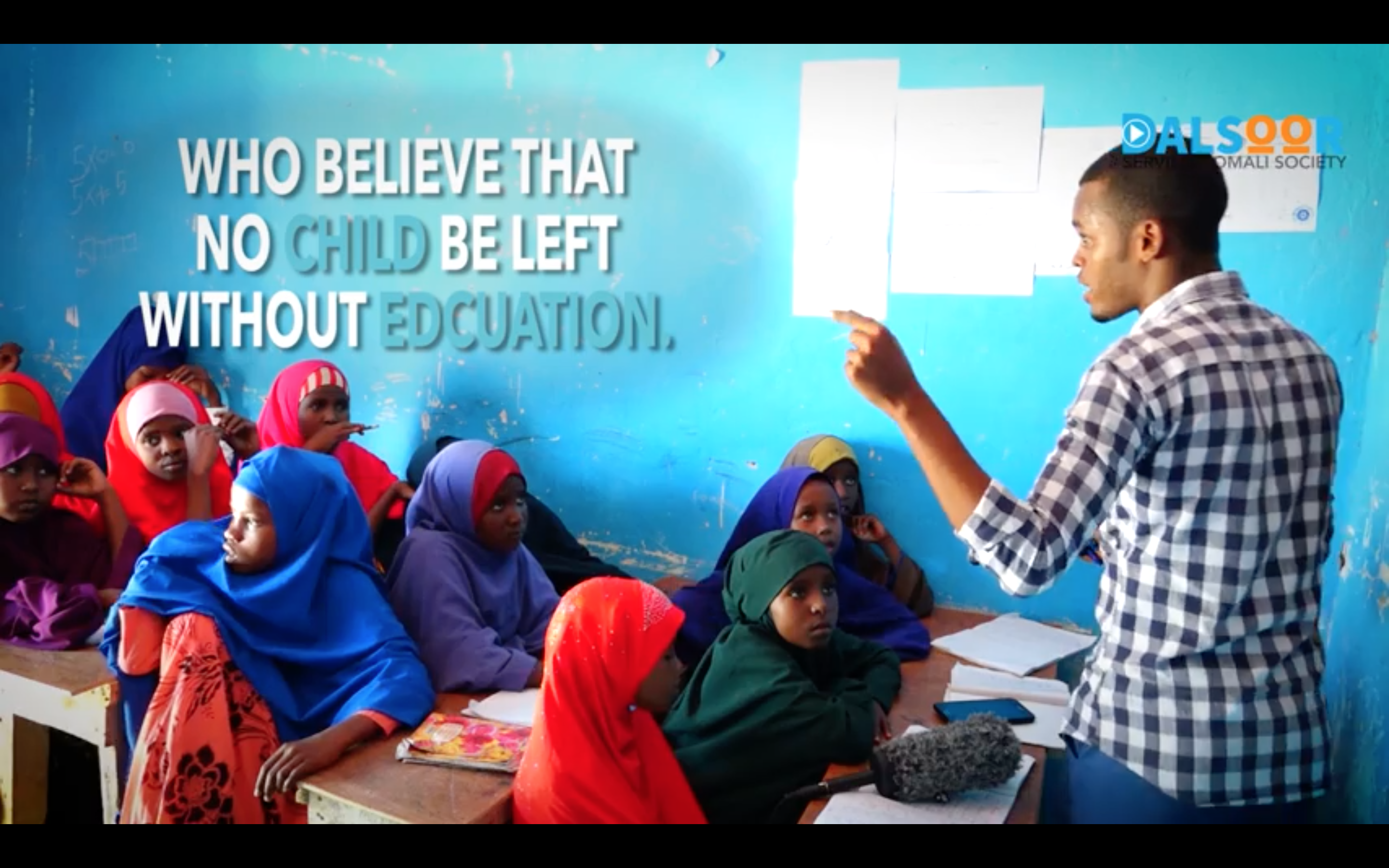
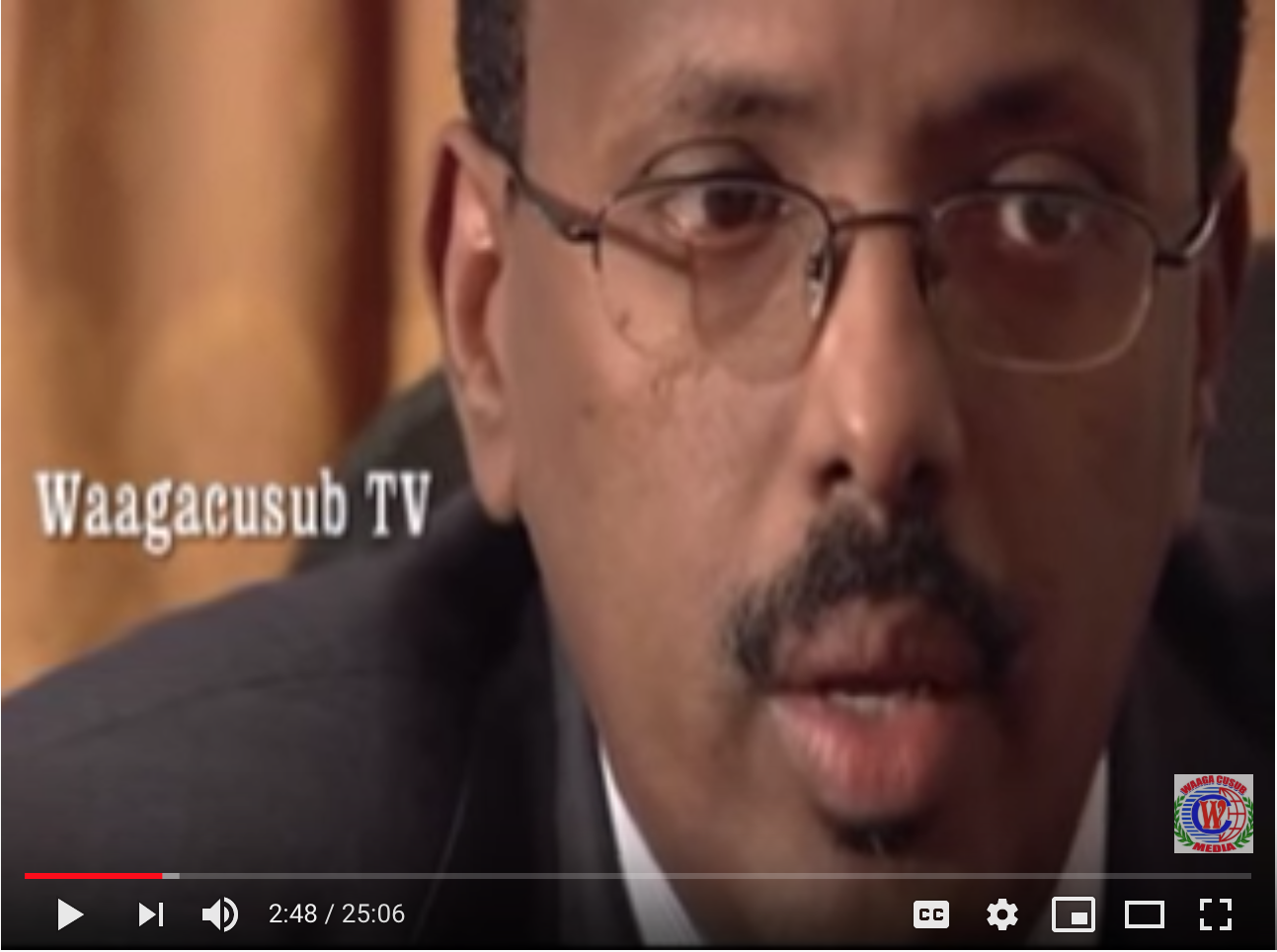

INTERESTING FACTS ABOUT SOMALILAND
The power-sharing in Somaliland is based on a coalition of main clans. However, the power-sharing and the ratio used are false and do not come from a reliable statistics based on voter registration or a count of the population in each region